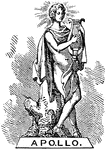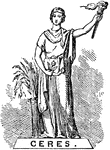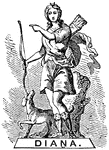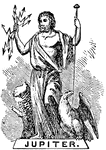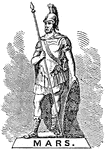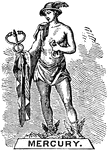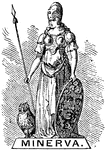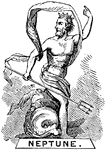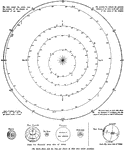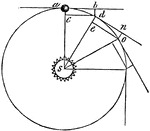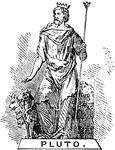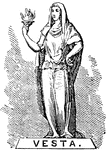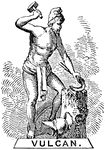Clipart tagged: ‘Mars’
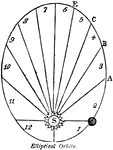
Elliptical Orbit
"The elliptical circle being supposed to be the Earth's orbit, with the Sun, S, in one of the foci.…
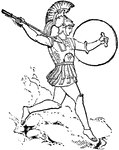
Mars
The god of war, corresponding to the Greek Ares. He was the son of Juno, and as father of Romulus was…
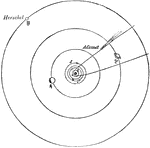
Planet Distance
"Relative distance of the Planets. Having now given a short account of each planet composing the solar…
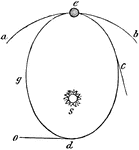
Planet Motion
"Elliptical Orbits.—It has been supposed that the Sun's attraction, which constitutes the Earth's…
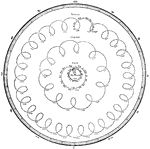
Planet Rotations
"The motion of Saturn, Jupiter, and Mars with respect to Earth." — Encyclopedia Britanica, 1893
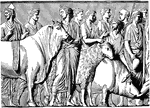
Suovetaurilia
The suovetaurilia was a sacred Roman sacrifice of a pig, a ram, and a bull to Mars, the god of war to…

Suovetaurilia
"The relief pictures an ancient Italian sacrifice of a bull, a ram, and a boar, offered to Mars to secure…
